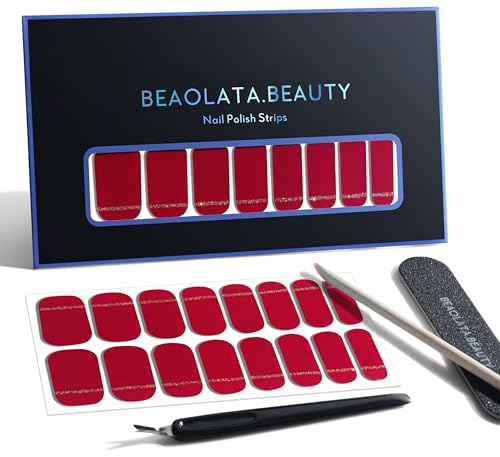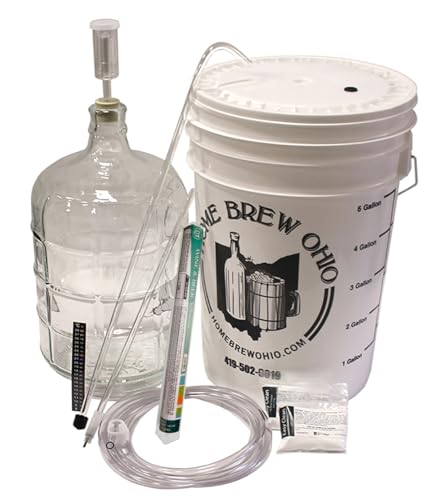saramc
FeRmEnTaTiOn FaNaTiC
- Joined
- Dec 8, 2011
- Messages
- 1,149
- Reaction score
- 147
Out of curiosity, how did you do the chocolate strawberry? Also, I have two quince trees and I am thinking about making a quince jam or some combination that could also be used for a jam wine later if I wanted. Did you follow the basic jam wine recipe for the Crabapple quince?
1. Chocolate Strawberry: I used this gallon recipe:
48 ounces strawberry jam
1 tsp acid blend (I did NOT use any acid because the acids in the chocolate provided enough balance for me)
1 1/2 tsp peptic enzyme
1 tsp yeast nutrient
1/8 tsp tannin
4oz.(by weight) Hershey's Natural unsweetened cocoa powder
sugar syrup, as needed to adjust the starting SG before you pitch the yeast
Champagne yeast (have also used EC1118)
1 gallon water (not water to 1 gallon, you want to use 1 gallon of water on this)
Follow the normal steps for wine making. Add any additional sugar syrup to your must to reach your target SG prior to pitching the yeast. I started at 1.095 and actually had to add very little sugar since the jam was sugary sweet. (You could opt to use about 4# per gallon of fresh berries or use frozen strawberries as they are usually riper and sweeter than fresh).
After the SG dropped by 2/3 rack and transfer to carboy/airlock. Be prepared to rack sooner than normal since this is a chocolate wine--you will have a decent layer of chocolate drop, I racked initially when it was about 1/2". You decide. It took about 6 months to clear with at least three rackings AFTER being put under airlock. Once cleared, I stabilized with k-meta plus sorbate and then added equal parts invert sugar syrup plus Monin strawberry syrup (think coffee syrups, there are other brands--read labels) to sweeten back to an SG of 1.010 or more to your taste. Put it back under airlock for at least 7-10 days to ensure it was not fermenting and racked off any other sediment that dropped. Some like to add the Strawberry Daquiri frozen concentrate to backsweeten, but if you do this--you will have chunks of berries, etc; this is where the Monin strawberry syrup worked wonders.
Note: I used basic Hershey's unsweetened natural cocoa powder. Just stirred it in RIGHT BEFORE pitching the yeast. It is easier to check SG without all the chocolate in there, it gets very dense. And make sure you are in an open container, like a bucket (you can cover with the lid or a towel--but you do NOT want airtight), that is at least three times as large because you will have ALOT of chocolate foam. Forms a thick chocolate cap, punch it down and stir once or twice a day. I have also used the Hershey's Special Dark powder in other wines. And many report that Dutch processed cocoa powder is the recommended form to use if working with powder. Jack Keller's blog has a good article on it (Dutch cocoa). It is a favorite wine that I like dry and sweet--very versatile. I enjoyed it as a table wine and fortified with brandy--so I have it bottled in several styles. Oh, and on another forum I am reading that many are using the "chocolate sludge" that is scooped off the top before your rack to secondary and put under airlock--to start another chocolate wine. This fudgy slurry is already enriched with yeast and will help your next chocolate wine take off. Just a thought. I started this in late February and we enjoyed it at Christmas.
2. The Crabapple Quince--did use the basic jam recipe, and used equal amounts of crabapple jelly, and quince jelly that I had canned myself. Note: this was JELLY not jam. And it made the most gorgeous crystal clear white. My starting SG was 1.090 and I had to add very little sugar to reach that target due to the sugar already in the jelly. (a great thing about jam/jelly wines). I ended up backsweetening to 1.006 and serve it chilled and also used some of it while it was dry to balance out a WAY TOO SWEET Concord, and made a Rose'.





















































